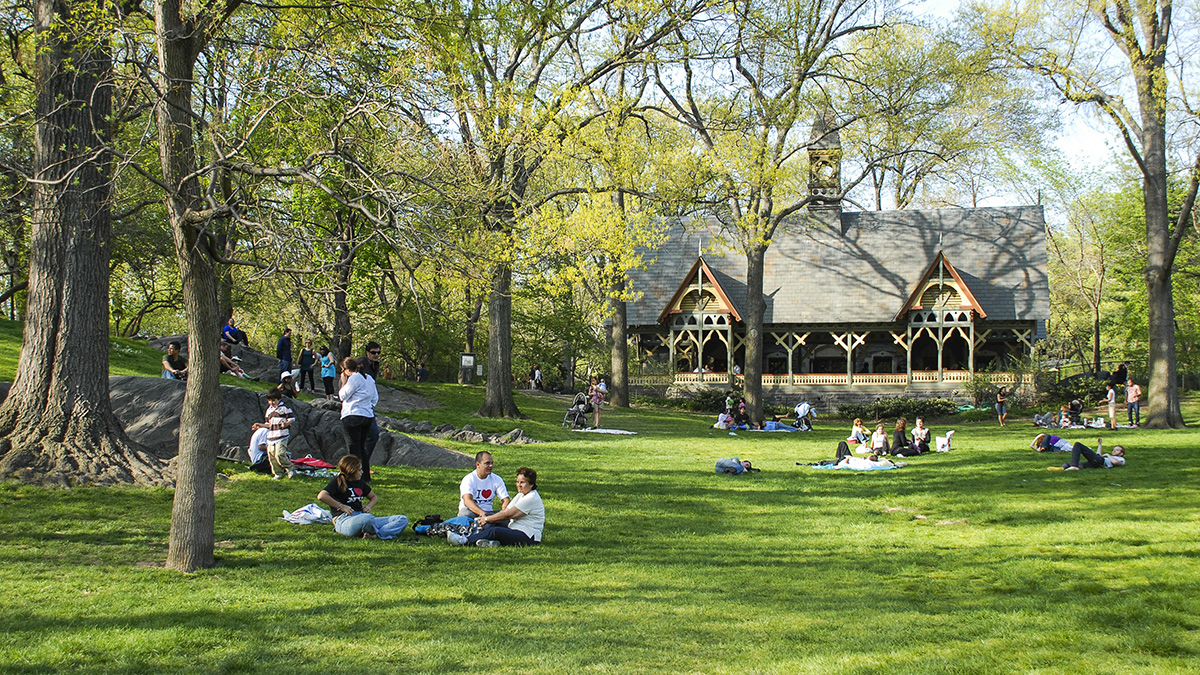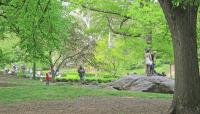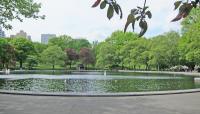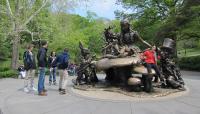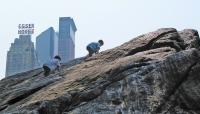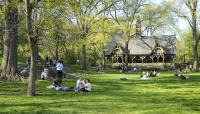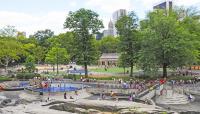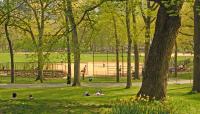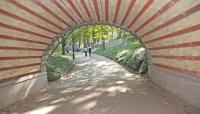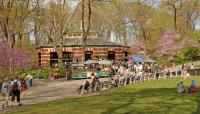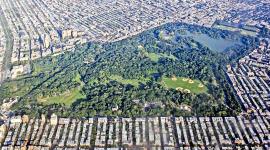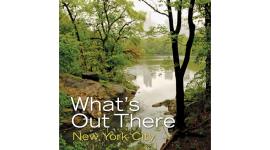Landscape Information
As part of Frederick Law Olmsted, Sr. and Calvert Vaux’s conception that Central Park serve as a rural retreat for all urban dwellers, the designers included specific amenities, attractions, and landscape types for children. In the southernmost part of the park, convenient to the greatest population centers, is an area they called the Children’s District. This area, encompassing roughly 30 acres, included the Play-Ground (referring literally to a ground for play), an open lawn where boys could play games such as baseball or cricket. Complimenting these activities was the Dairy, which provided fresh milk and other refreshments to children and their caregivers. In front of the Dairy was a small lawn with some swings and see-saws, the only pieces of free-standing play equipment in Olmsted and Vaux's design. The largest rustic structure in the park, called the Kinderberg (meaning children’s mountain because it was sited on a large rock outcrop), provided shade and a place to picnic and play games. New attractions were added to the area over time, including the carousel, the Zoo designed by Aymar Embury II and his team, and Wollman Rink completed in the 1950s. Heckscher Playground, designed by NYC Department of Parks and Recreation and the park’s first playground in the contemporary sense of the word, was constructed in 1926 on a portion of the original Play-Ground. This area has endured as a destination for children and families and is one of the busiest parts of the park. The Children's District along with all of Central Park was designated a National Historic Landmark in 1978.




